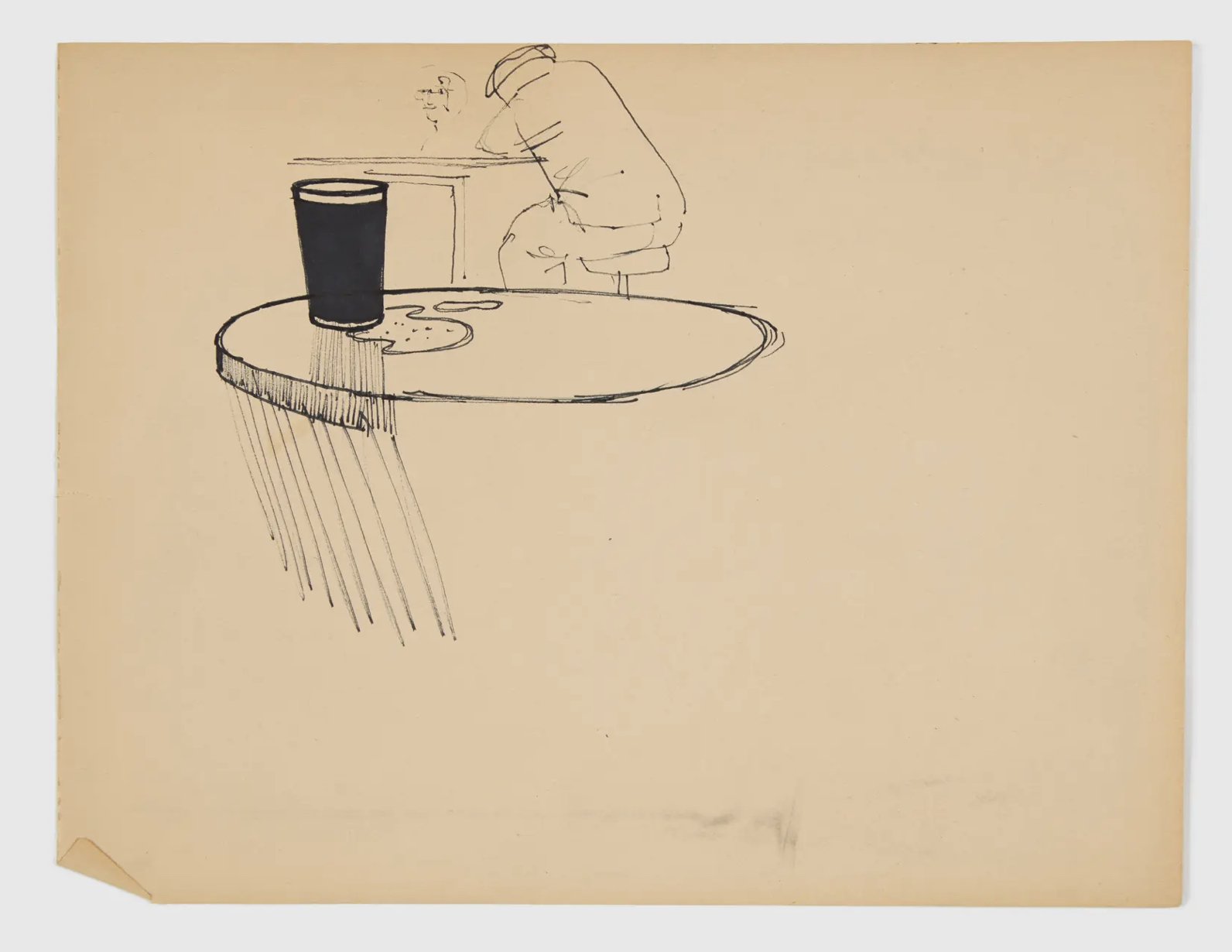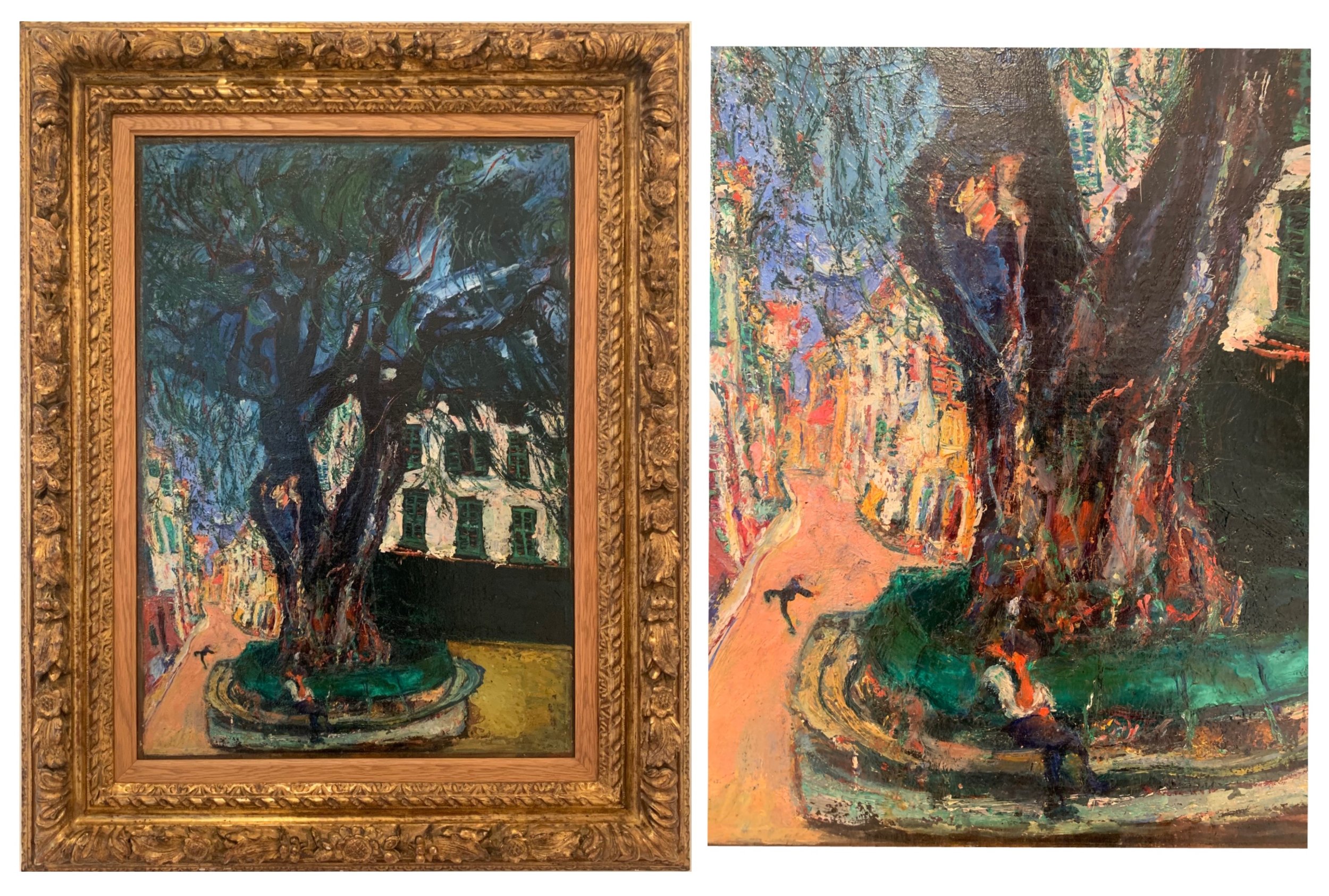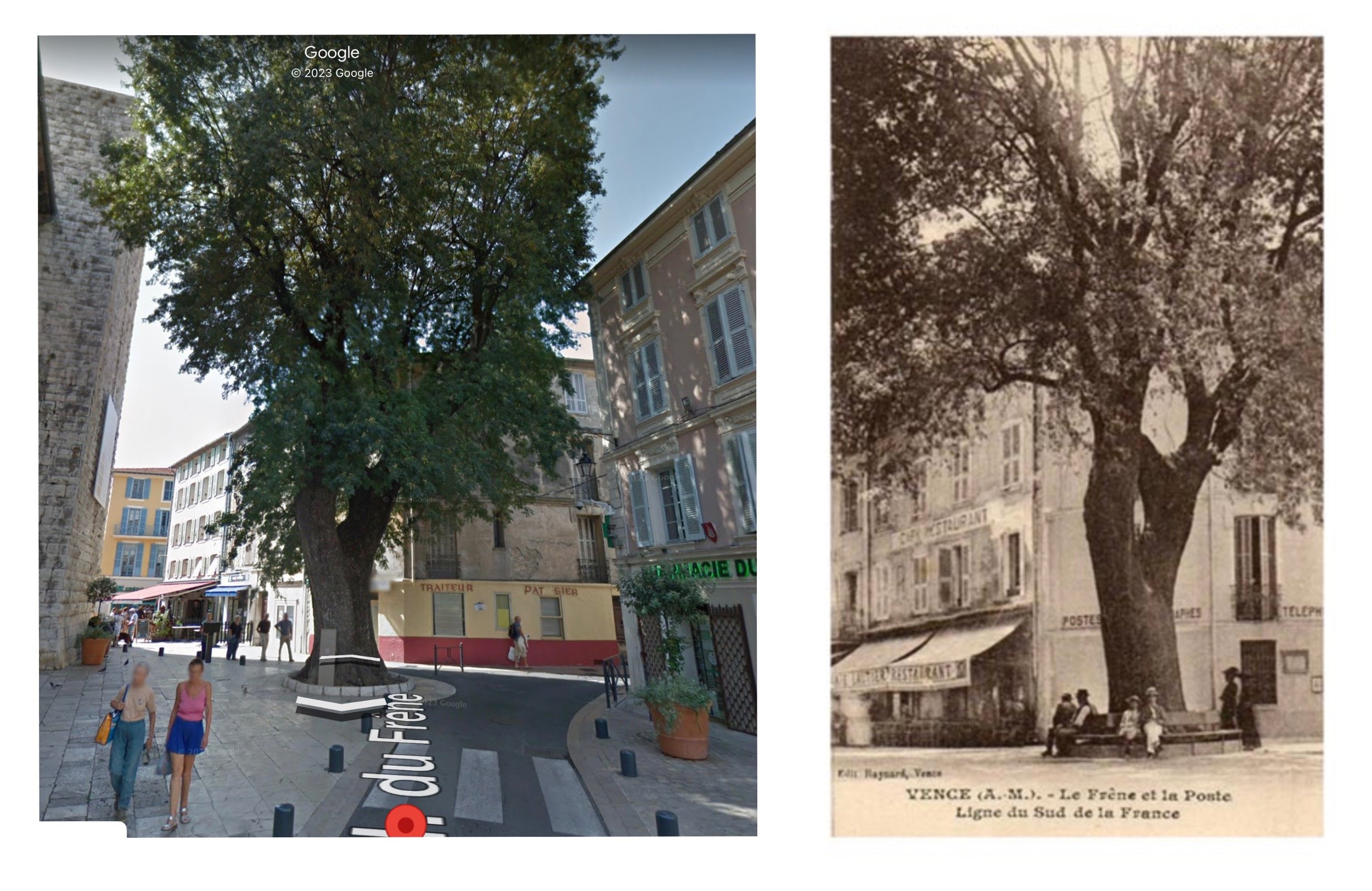Josh Lilley Gallery in central London has, until today been showing an exhibition devoted to Patrick Caulfield called ‘Pass the Peas’.
I am a long time fan of Caulfield’s work. I have always loved the seemingly simplistic detachment and matter of factness of his images, the compositions, colour choices, the editing of content and the meticulous process in the execution.
Pass the Peas “comprises works on paper, paintings and sketchbooks from his archive, together with a selection of significant paintings loaned from important collections within the UK. The presentation considers the shaping of an artist whose work so often played with reality and illusion, and for whom restraint, conceptually and formally, was fundamental to practice. As an artist with a renowned ability to reconcile society and solitude, this intimate reappraisal reflects on how Caulfield’s philosophy and approach guided his creative methodology and output; providing a deeper understanding of Caulfield’s subconscious, his energy, and his sense of humour as a painter of modernity.”
“The exhibition’s title, Pass the Peas, comes from a 1968 Western film The Stalking Moon where Gregory Peck’s character considers how the mundane can simultaneously be extraordinary, and how seemingly insignificant details function to punctuate our existence. In Caulfield’s work, we see tools or vessels to elicit a certain feeling – a vase, a wine glass, a room as a site of comfort or of containment. Whilst posing as simple, functional devices, they are much more than the sum of their parts – details which open up worlds of aspiration and inspiration. It is these details, motifs and symbols which are highlighted in the remarkable archival works.” Josh Lilley website
Patrick Caulfield 1936- 2005
Images below by Caulfield
Top: Home (design for Formica mural) ink on paper and collage 96.5 x 93 cm
Bottom: Untitled (pint of Guiness) 22.8 x 30 cm




